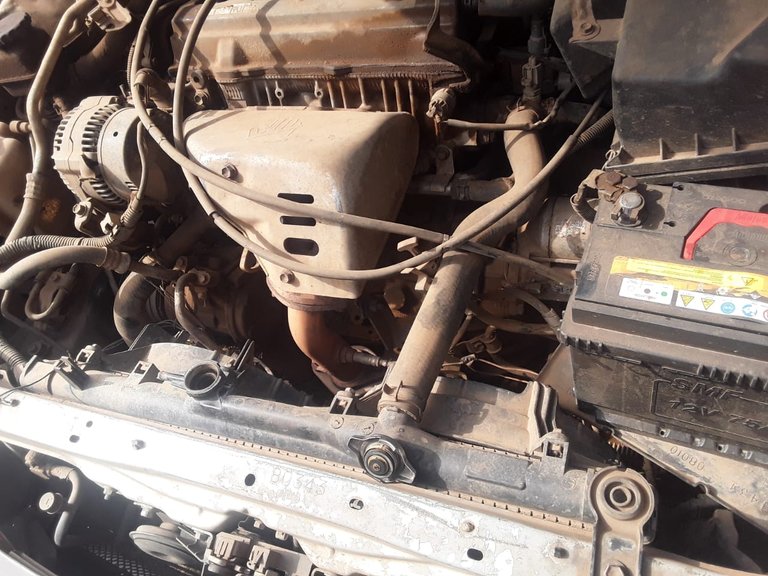The tropical climate, characterized by consistently high average annual temperatures, presents a unique set of challenges. Even within this broad category, significant variations exist. Some regions experience scorching heat that would rival a desert, while others maintain a more moderate tropical climate. In contrast, temperate climates, while generally milder, can exhibit extreme cold spells, with temperatures plummeting to bone-chilling lows in certain areas.
In my third-world country, car ownership often reflects social status. A brand-new car is a luxury reserved for the elite, a symbol of wealth and success. However, a "foreign used" vehicle, a pre-owned import from a developed nation, serves as a badge of middle-class success, a tangible manifestation of economic progress.
These imports, however, often face difficulties adapting to our tropical environment. Their cooling systems, meticulously engineered for the frigid temperatures of a Canadian winter or the temperate summers of European countries, tend to go into overdrive in our sweltering heat. It's akin to placing a polar bear in a sauna – clearly not an ideal situation for optimal performance.
I experienced this firsthand with my first "foreign used" car, a sleek Toyota Corolla. The engine overheated alarmingly, despite my best efforts to maintain a reasonable operating temperature. The culprit? The thermostat, designed for the glacial conditions of a northern winter, was restricting coolant flow, preventing the engine from reaching its optimal operating temperature. It was a frustrating experience, akin to trying to enjoy a hot shower with the water temperature stubbornly stuck on "Arctic Freeze." The engine, starved of adequate cooling, was on the verge of overheating.
I traded in the overheating Corolla for a more "locally acclimatized" model, hoping for a smoother experience. However, this Nigerian-born vehicle presented its own set of challenges. Its cooling system, seemingly designed for a polar expedition, kept the engine running at an excessively low temperature. The oil, thick and sluggish like molasses, struggled to provide adequate lubrication, posing a significant risk of engine damage due to increased friction between moving parts. This situation was akin to operating a machine with insufficient lubrication, inviting premature wear and tear.
The cooling system that has been giving me trouble.
To address this issue, I took matters into my own hands. I disabled one of the car's overzealous fans, restoring a more balanced operating temperature. This intervention brought about a noticeable improvement, with the engine operating more smoothly and efficiently. However, the dry season, with its relentless heat and soaring temperatures, soon proved to be too much. The engine, once again, threatened to overheat, necessitating the reactivation of the disabled fan to prevent potential engine damage.
And now, here we are, in the midst of the dry season, with temperatures soaring to record highs. The engine, despite the combined efforts of both fans, is once again displaying signs of overheating. Is this a consequence of the extreme climate? A malfunctioning cooling system? Or perhaps, like a fish out of water, this car simply isn't suited for our tropical environment?
This situation highlights a fundamental issue: the mismatch between the design and intended operating environment of many "foreign used" vehicles. These vehicles, optimized for temperate climates, often struggle to cope with the unique demands of tropical conditions. This mismatch underscores the importance of considering climatic factors in vehicle design and manufacturing.
It's evident that cars, like humans, exhibit varying degrees of adaptability to different climates. Just as you wouldn't expect a penguin to thrive in the Sahara Desert, you can't expect a car designed for the Arctic Circle to perform optimally in the blazing sun of the tropics. This observation raises several critical questions:
- Should car manufacturers prioritize climate-specific designs, tailoring their vehicles to the unique demands of different regions?
- Should stricter regulations be implemented to ensure that vehicles are exported only to regions where they can reasonably be expected to operate efficiently and safely?
- How can we improve the awareness and understanding of climate-related vehicle performance issues among consumers in developing countries?
Addressing these questions is crucial for ensuring the safe and reliable operation of vehicles in diverse climatic conditions. It is imperative to bridge the gap between vehicle design and actual operating environments to enhance vehicle performance, improve fuel efficiency, and minimize environmental impact.
Posted Using InLeo Alpha
Thanks for your contribution to the STEMsocial community. Feel free to join us on discord to get to know the rest of us!
Please consider delegating to the @stemsocial account (85% of the curation rewards are returned).
You may also include @stemsocial as a beneficiary of the rewards of this post to get a stronger support.